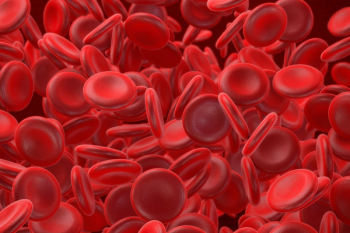
Ivosidenib in combination with azacitidine found to significantly improve event-free survival in patients with previously untreated IDH1-mutated acute myeloid leukemia.


Ivosidenib in combination with azacitidine found to significantly improve event-free survival in patients with previously untreated IDH1-mutated acute myeloid leukemia.
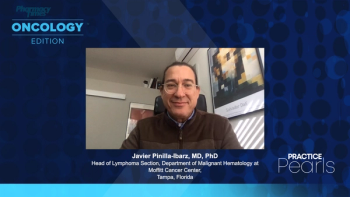
Javier Pinilla-Ibarz, MD, PhD, highlights key clinical trials in CLL assessing the safety and efficacy of FDA-approved BTK inhibitors ibrutinib and acalabrutinib.
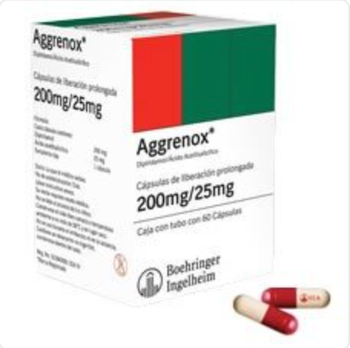
Aggrenox is indicated to reduce the risk of stroke in patients who have had transient ischemia of the brain or completed ischemic stroke due to thrombosis.

Filgrastim-ayow is indicated for the treatment of neutropenia, which is commonly experienced by patients receiving chemotherapy.
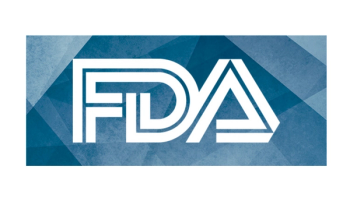
Pacritinib becomes the first treatment approved to specifically address the needs of patients with cytopenic myelofibrosis.

Majority of heavily pretreated patients with multiple myeloma administered ciltacabtagene autoleucel (cilta-cel; Carvykti) achieved deep responses after 18-months follow-up.
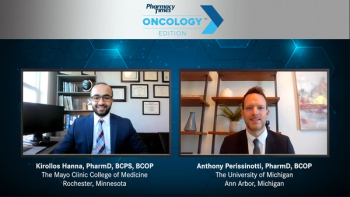
Drs Anthony Perissinotti and Kirollos Hanna provide some important considerations for pharmacists in treating chronic lymphocytic leukemia.

Experts discuss the potential future use of CAR T-cell therapy and bispecific therapeutics for chronic lymphocytic leukemia based on data presented at ASH 2021.

Dr Anthony Perissinotti details an effective new therapy on the horizon in chronic lymphocytic leukemia.

Katie Tobon, PharmD, BCOP, and Javier Pinilla-Ibarz, MD, PhD, discuss factors to consider when selecting a BTK inhibitor for CLL therapy, including cytogenetic abnormalities as well as patient- and treatment-related factors.

Dr Ryan Jacobs evaluates the use of chemotherapy options for first-line treatment of CLL.

Bhavesh Shah, RPh, BCOP, and Ryan Jacobs, MD, share considerations for approaching an individualized treatment regimen for patients with CLL.
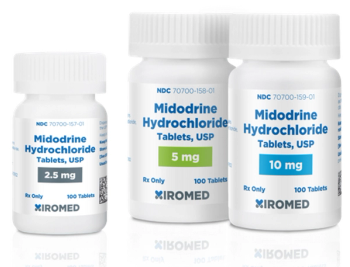
Midodrine hydrochloride (Midodrine) treats chronic orthostatic hypotension due to autonomic failure in patients with Bradbury-Eggleston syndrome, Shy-Drager syndrome, diabetes mellitus disease, and Parkinson disease.
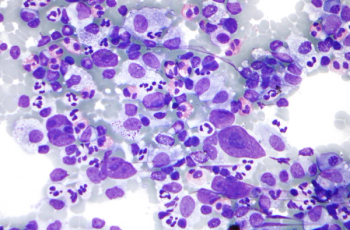
Ten quiz questions to assess your knowledge on common symptoms and treatments for Hodgkin's lymphoma.

The approval is based on the results of the ACTIVATE and ACTIVATE-T phase 3 studies, Agios Pharmaceuticals says.

Dr Javier Pinilla-Ibarz leads the discussion on the role of targeted therapy over chemoimmunotherapy as a CLL therapeutic approach and shares NCCN Guidelines recommendations for the use of BTK inhibitors.
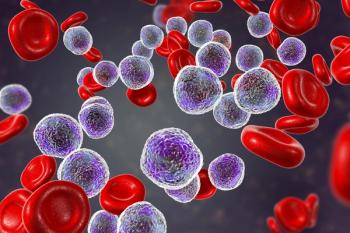
The application is based on data showing that lisocabtagene provides clinically meaningful and statistically significant improvement for those with relapsed or refractory large B-cell lymphoma.
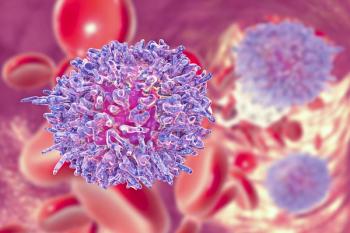
The investigators identified this in 9% of relapsed cases of pediatric acute myeloid leukemia, but it also was present in primary samples.

Lisa Nodzon, PhD, ARNP, AOCNP, and Javier Pinilla-Ibarz, MD, PhD, provide insight on NCCN guideline recommendations for molecular testing in CLL and discuss the prevalence of testing for cytogenetic abnormalities.

Study shows that treatment with rituximab (Rituxan) for B-cell non-Hodgkin lymphoma prior to COVID-19 vaccination significantly lowered the number of patients who developed blocking antibodies for the virus.
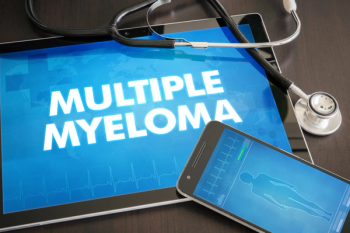
Ixazomib (Ninlaro, Takeda) has been found to improve survival in patients with multiple myeloma who have not undergone autologous stem cell transplant.

Key opinion leaders discuss data from the MURANO trial on a fixed-duration therapy for relapsed/refractory chronic lymphocytic leukemia.

A hematology expert describes data from clinical trials on venetoclax-based therapies for chronic lymphocytic leukemia.

Drs Katie Tobon and Javier Pinilla-Ibarz explore the role of prognostic molecular testing in chronic lymphocytic leukemia and comment on challenges seen with referral patients that come from community practices.
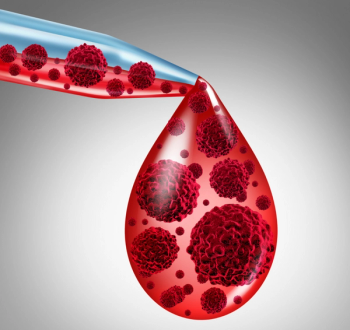
Patients receiving brentuximab vedotin plus doxorubicin, vinblastine, and dacarbazine in the frontline setting had a 41% reduction in the risk of death.